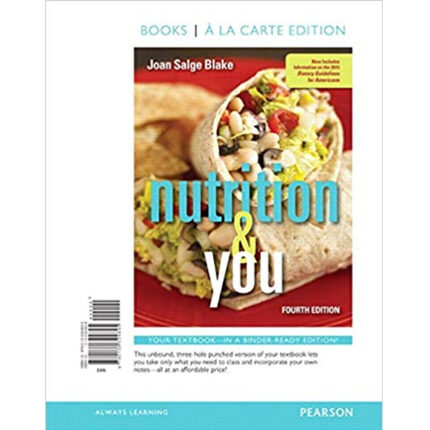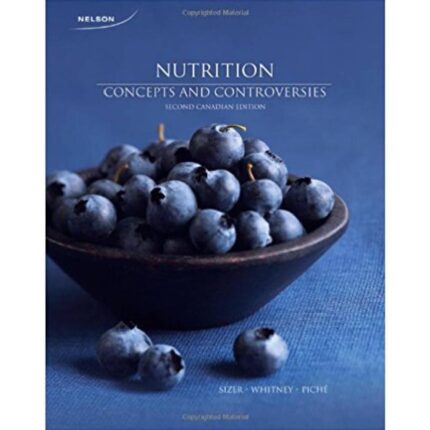Nutrition For Health And Health Care 4th Edition By Ellie Whitney – Test Bank
Chapter 11 – Nutrition Through the Life Span: Childhood and Adolescence
An. Dif. Page(s)
True/False
a K 317 1. A child’s appetite begins to diminish around the first birthday.
a. true
b. false
b K 322 2. A child’s brain is not affected by iron deficiency until a blood deficit of this mineral develops.
a. true
b. false
a K 322 3. Children who eat nutritious breakfasts function better in school than their peers who do not.
a. true
b. false
b K 325 4. Allergic reactions to multiple foods are common, while reactions to single foods are the exception.
a. true
b. false
a K 326 5. Children’s food aversions may be the result of nature’s efforts to protect them from allergic or other adverse reactions.
a. true
b. false
a K 329 6. Children who spend more than one to two hours watching television or other media can become obese even while consuming fewer kcalories than more active children.
a. true
b. false
a K 333 7. Children forced to try new foods are less likely to try those foods again than are children who are left to decide for themselves.
a. true
b. false
b K 333 8. The more often a food is presented to a young child, the less likely the child will like that food.
a. true
b. false
a K 339 9. The problem of obesity is most evident in African American females and in Hispanic children.
a. true
b. false
a K 339 10. Teenage boys experience a more intense growth spurt and develop more lean body mass than girls do.
a. true
b. false













Reviews
There are no reviews yet.